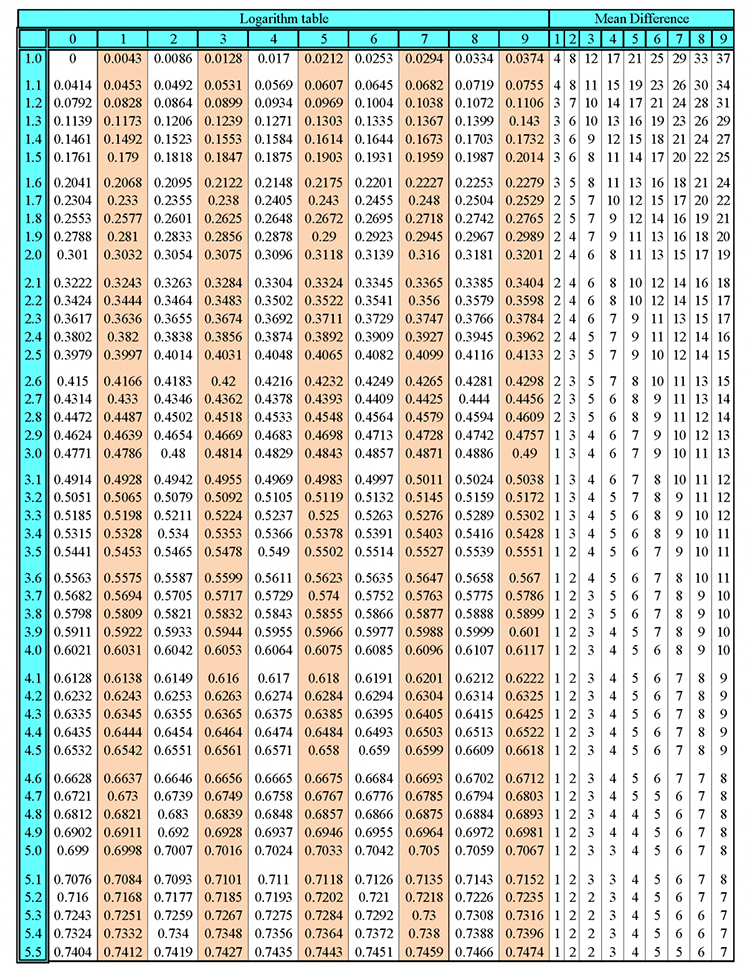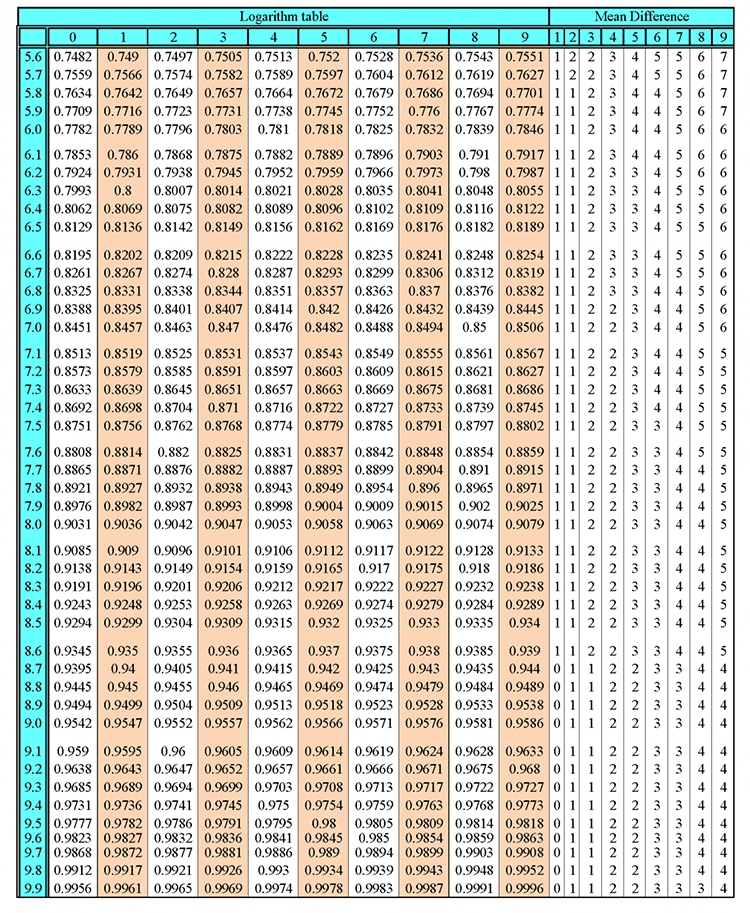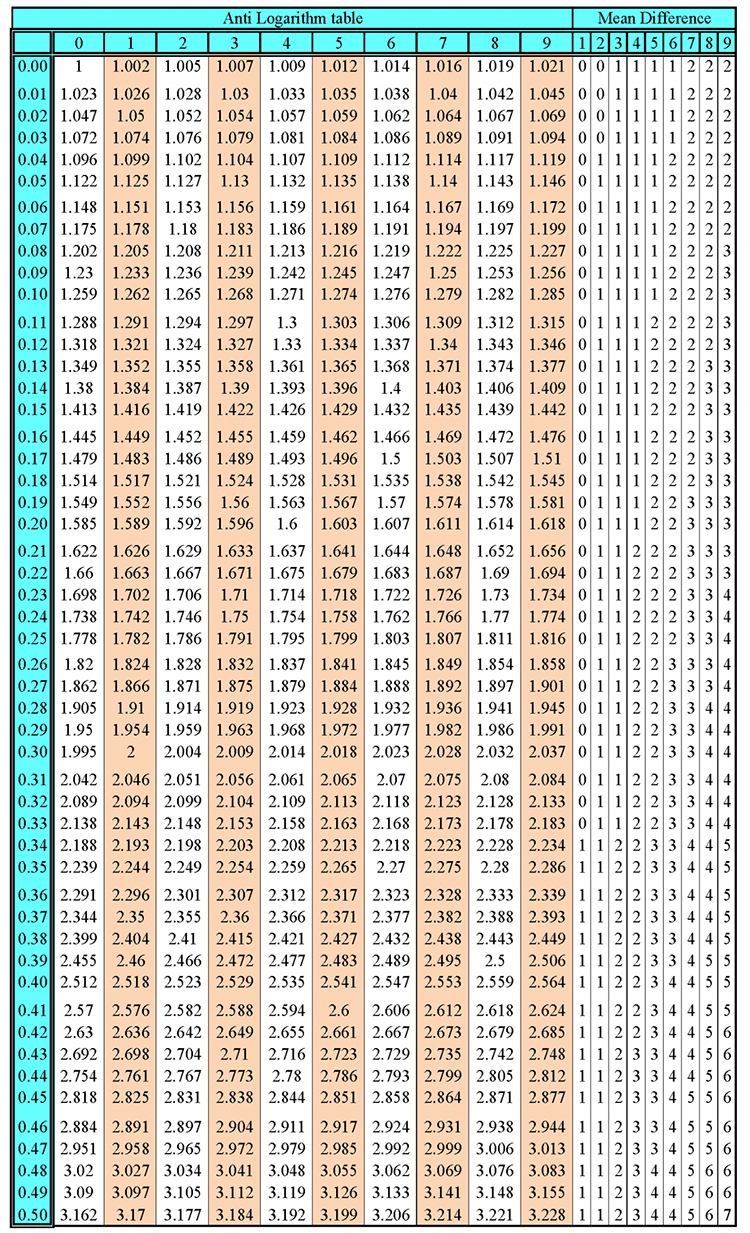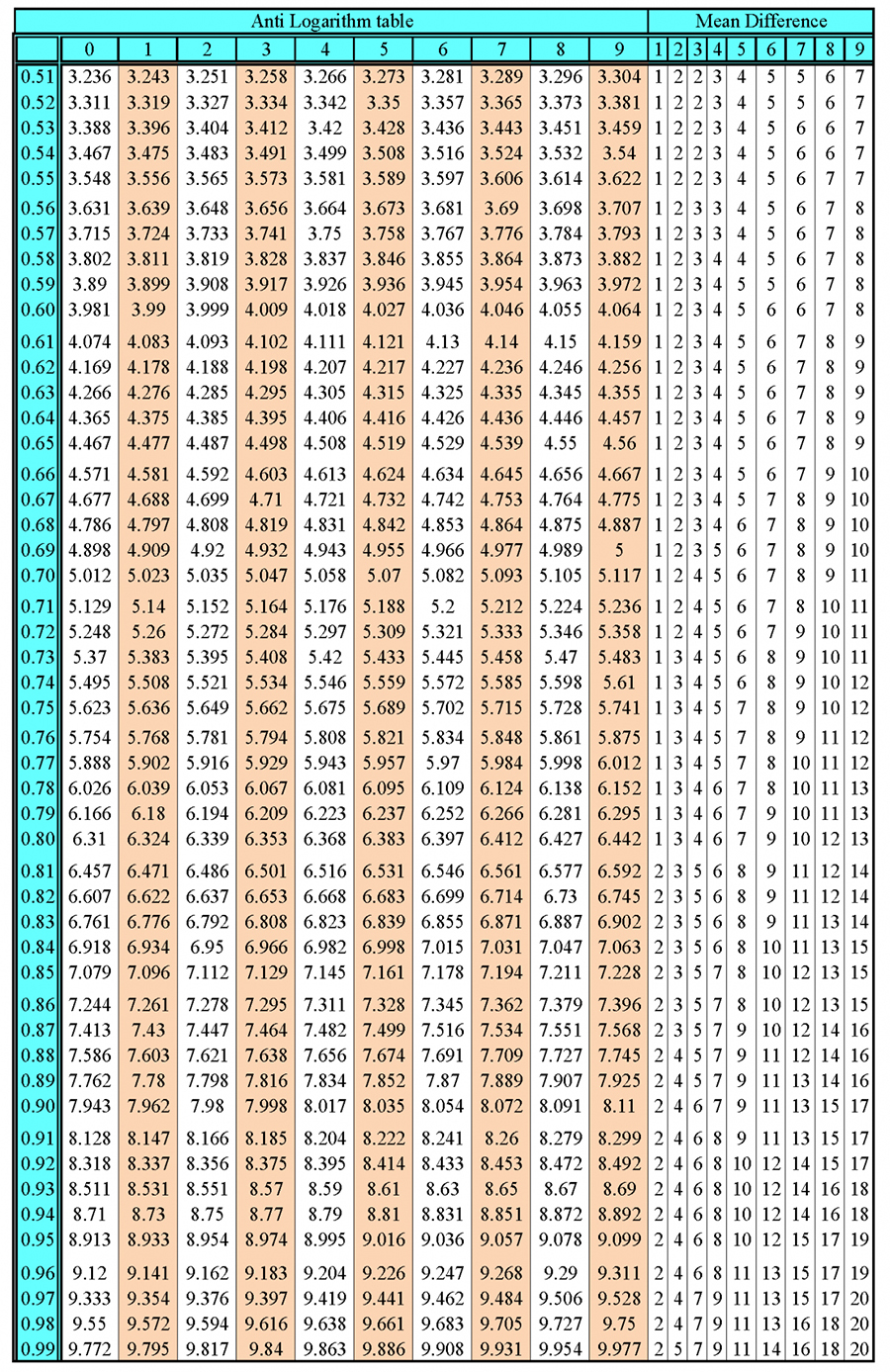Roman Numerals: The Rules
There are three basic rules to remember:
1. No symbol is used more than 3 times in a row:

2. If a symbol appears after a larger or equal symbol, it is added to it:

Note: This works in all cases except `VV`. The symbol `X` is used to represent the number 10 therefore `VV` is not needed.
3. When the left-hand symbols are smaller than the right, subtract them from the right-hand symbol:

Note:
We can only subtract one character from another, so `IIX` would not be one and one from ten = 8.
Instead, to get `8` we would have to use `VIII` meaning `5+1+1+1=8`.
We can start counting and apply the rules we learnt using the sentence:
'I Value Xylophones Like Cows Do Milk'.
`I=1`, `V=5`, `X=10`, `L=50`, `C=100`, `D=500`, `M=1000`
- `I`
- `II`
- `III`
- `cancel(IIII)` – No symbol is used more than 3 times.
`IV` (1 from 5 = 4) – when left is small and right is bigger, subtract left from right-hand figure. - `V`
- `VI` (5 add 1 = 6) – If a symbol appears after a larger or equal figure it is added.
- `VII` (5 add 1 add 1 = 7) – If a symbol appears after a larger or equal figure it is added.
- `VIII` (5 add 1 add 1 add 1 = 8) – If a symbol appears after a larger or equal figure it is added.
- `cancel(VIIII)` – No symbol is used more than 3 times.
`IX` (1 from 10 = 9) – when left is small and right is bigger, subtract left from right-hand figure. - `X`
This pattern continues for every number.




